1. The French Revolution Gave Us the Sans-Culottes Look

When the French Revolution swept through the streets of Paris, fashion changed along with the politics. Out went the aristocratic silk breeches and powdered wigs, and in came the “sans-culottes” style, which literally means “without breeches.” Revolutionaries embraced long trousers, simple jackets, and red caps as a way to distance themselves from the wealthy elites. These outfits weren’t just about comfort, they were loud political statements. Clothing had suddenly become a sign of loyalty to the cause. The more modest and utilitarian your outfit, the more revolutionary you appeared shares Wikipedia.
Interestingly, this anti-fashion look became so iconic that it influenced working-class styles across Europe. The idea that what you wore could reflect your politics stuck around long after the guillotine stopped adds Sage Journals.
2. World War II Sparked the Rise of Shoulder Pads
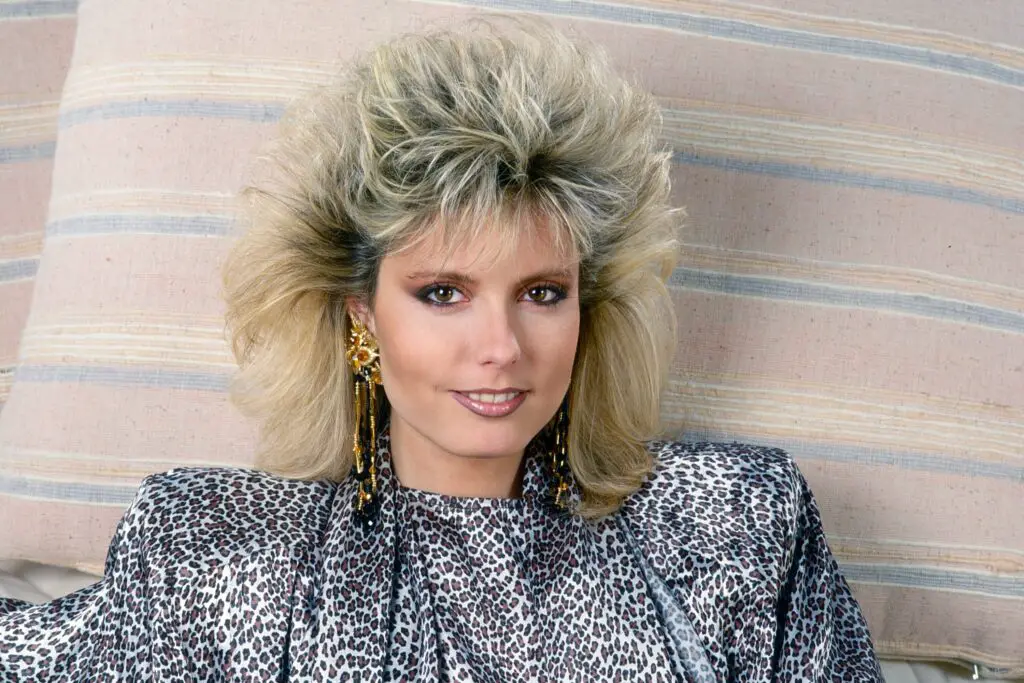
When women entered the workforce in droves during World War II, they needed clothes that could keep up. The result? Structured suits with bold shoulder pads. These weren’t just a style choice, they were a subtle nod to the military uniforms of the time. With their husbands and brothers off fighting, women stepped into roles that were once off-limits, and fashion followed says National Archives.
Designers like Elsa Schiaparelli and later Christian Dior understood the moment. The strong silhouette projected confidence and authority, something that mattered deeply during uncertain times. Shoulder pads didn’t just pad out jackets, they padded out women’s place in public life adds Coveteur.
3. The American Revolution Popularized Homespun Clothing
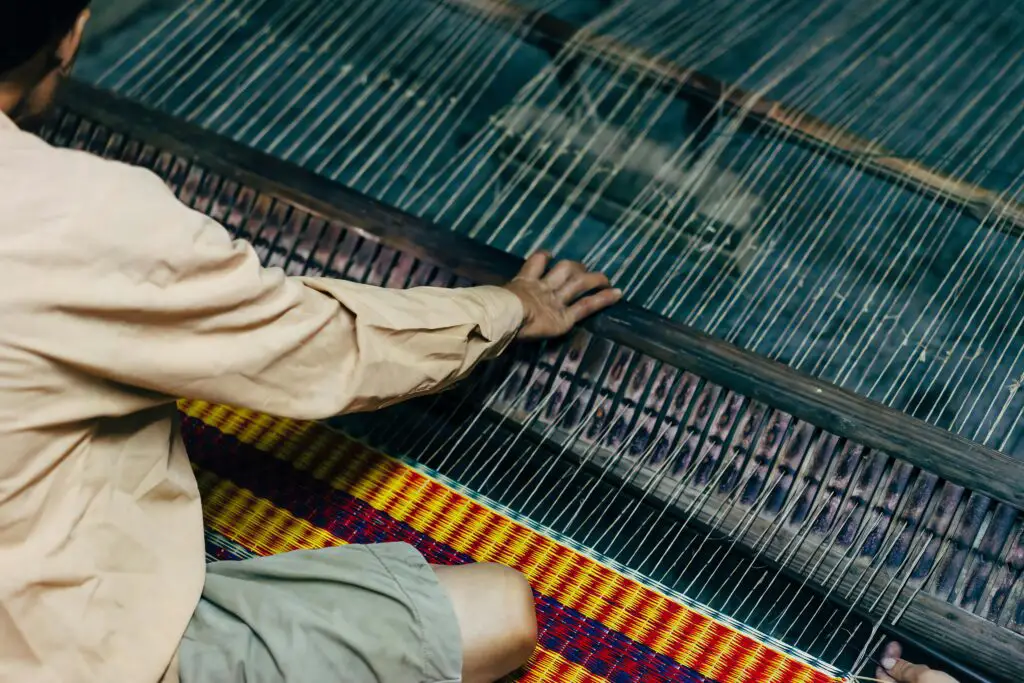
As tensions with Britain grew in the colonies, wearing British imports became a political faux pas. Enter homespun clothing—simple, hand-woven garments that doubled as acts of rebellion. Patriot women spun their own cloth to protest British taxes, and soon, homemade dresses and suits were all the rage among the freedom-loving crowd.
Even George Washington praised the look, encouraging fellow Americans to support local textiles. It wasn’t about fashion, at least not at first. But the homespun look took on a charm of its own, blending simplicity with symbolism. It was rustic, raw, and totally revolutionary.
4. The Civil Rights Movement Brought Sunday Best to the Streets
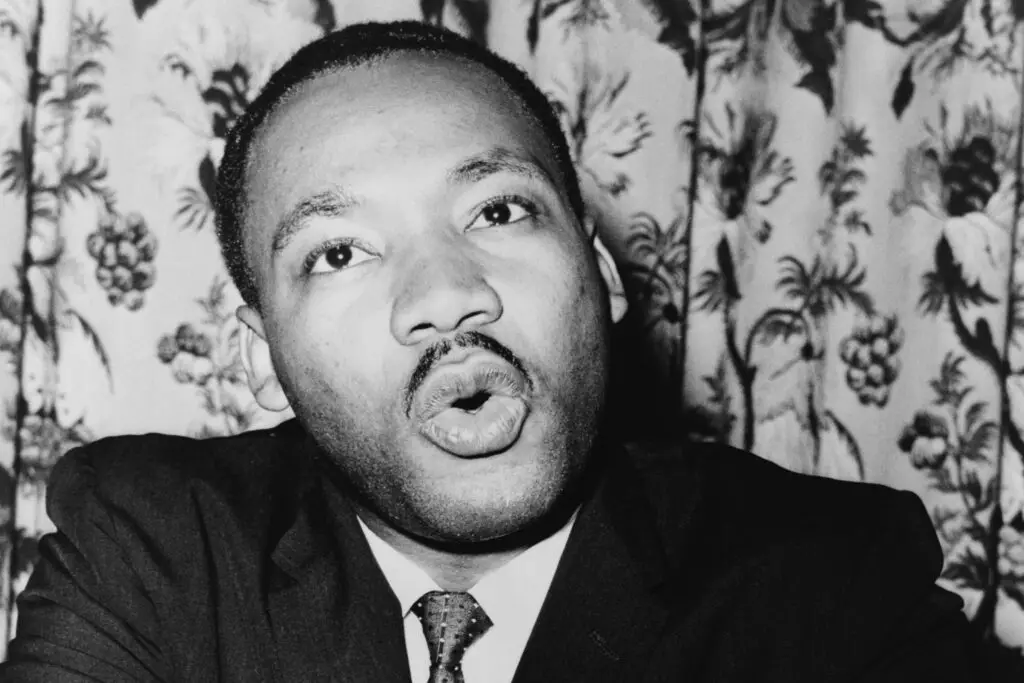
During the Civil Rights Movement, Black activists often wore suits, ties, dresses, and gloves to marches and protests. It wasn’t just about looking nice, it was a strategic move. Dressing in formal, respectful attire helped combat racist stereotypes and demanded dignity in the face of cruelty. Images of well-dressed protesters being attacked or arrested made a powerful impact on public opinion.
Martin Luther King Jr. famously wore a suit and tie at nearly every public appearance. The clothes signaled strength and composure in the midst of chaos. This trend turned fashion into a quiet but potent weapon in the fight for justice.
5. The Russian Revolution Brought Utility Over Elegance

After the Bolsheviks took power in Russia, fashion took a sharp turn toward the practical. The new regime viewed extravagant clothing as symbols of bourgeois excess. Out went lavish gowns and in came drab, utilitarian garments. The goal was equality, and clothes were expected to reflect that.
Designers like Nadezhda Lamanova tried to create stylish clothing that aligned with Soviet values. But for the most part, fashion was meant to downplay individualism. The revolution didn’t just change who was in charge, it changed how everyone got dressed in the morning.
6. The Vietnam War Inspired Military Jackets on the Streets
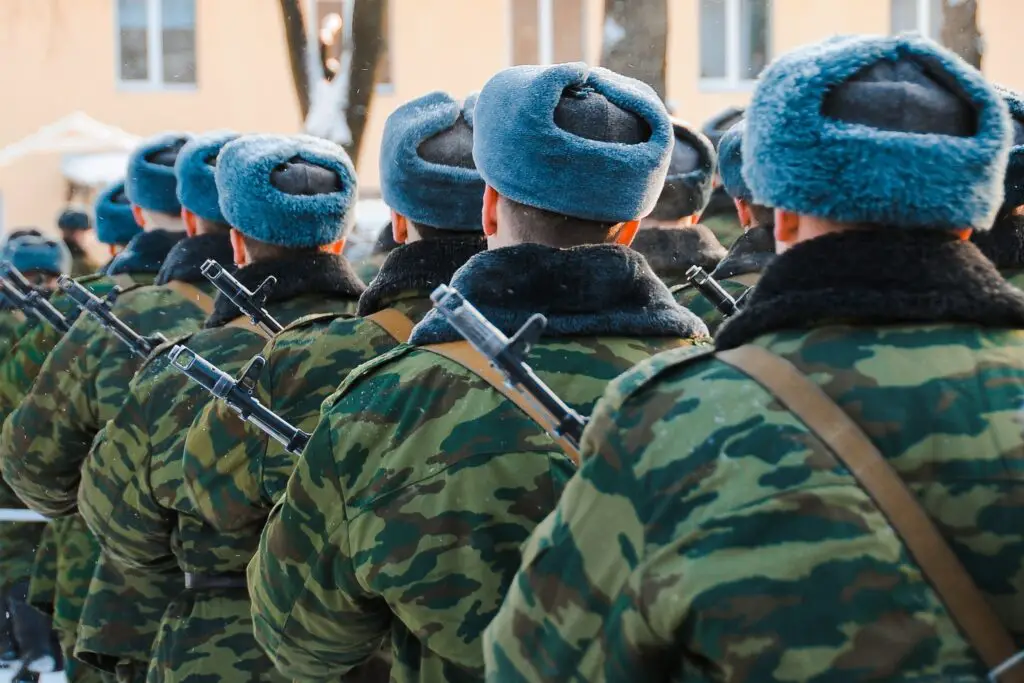
As protests against the Vietnam War grew in the 1960s and ’70s, young people adopted military surplus clothing as part protest, part fashion statement. Army jackets, combat boots, and olive-green gear were worn ironically, turning warwear into symbols of anti-war sentiment. It was rebellious, gritty, and visually striking.
The contrast between military attire and the peace signs often pinned to them created a unique visual language. Musicians and activists like John Lennon made the look iconic. This was fashion with something to say—about power, peace, and pushing back.
7. The Women’s Suffrage Movement Made White Dresses Symbolic

White wasn’t just a color choice for suffragettes—it was a political uniform. Women fighting for the right to vote often wore white dresses to symbolize purity and virtue. The choice was deliberate, helping them appear respectable in a time when political activism by women was frowned upon.
These outfits also made crowds of suffragettes look visually unified and striking. Paired with sashes in purple and gold, they became impossible to ignore. Even today, white is worn by politicians to nod to these early trailblazers. The style still carries weight over a hundred years later.
8. The Cold War Made Nylon Stockings a Status Symbol
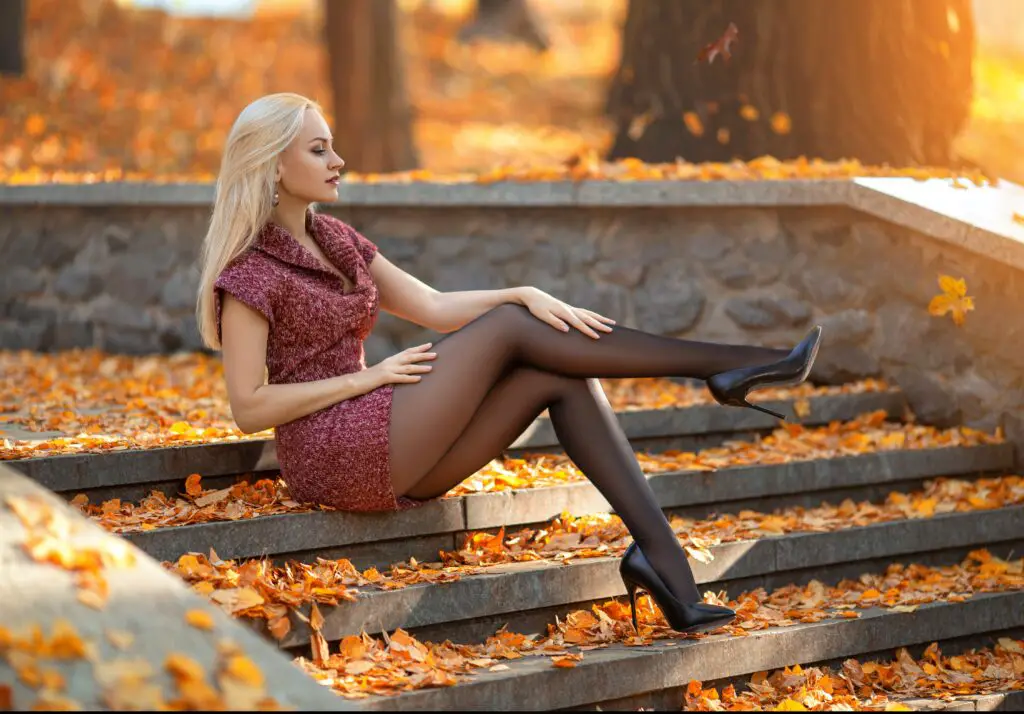
In the early days of the Cold War, Western goods like nylon stockings became powerful symbols of capitalism and freedom. Behind the Iron Curtain, they were nearly impossible to find. So when women in Eastern Europe got their hands on a pair, they were treasured and carefully maintained.
Wearing nylons was more than a fashion choice, it was a whisper of rebellion. American GIs often handed them out, which only increased their mystique. The silky, delicate material stood in stark contrast to the gray drabness of Soviet life. It was a little luxury that meant a lot.
9. The War on Drugs Gave Us Hip-Hop Style
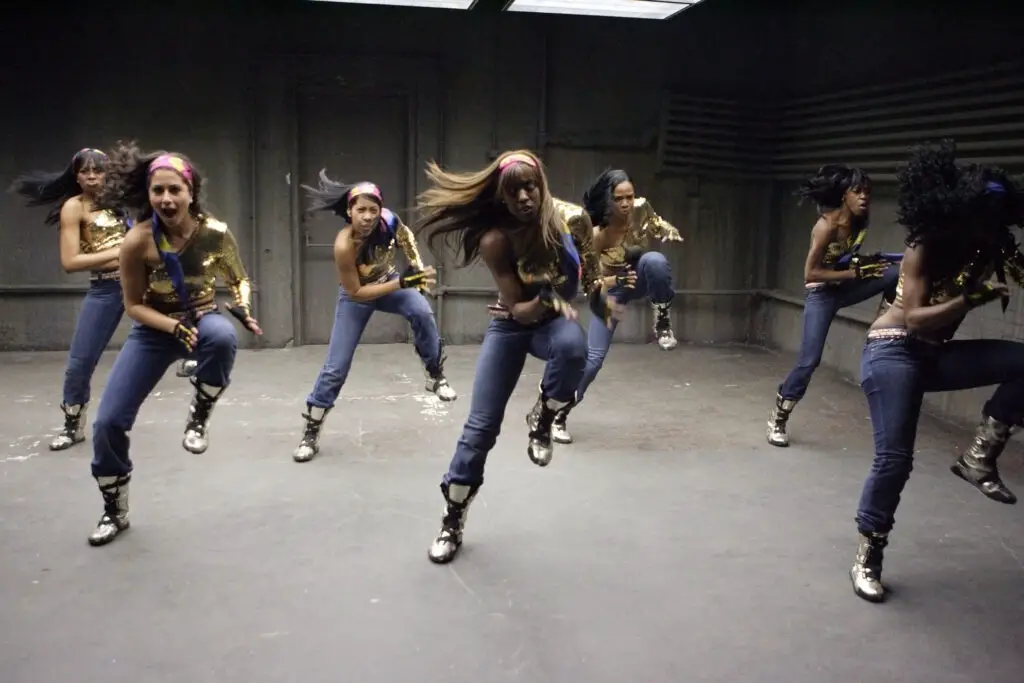
In the ’80s and ’90s, policies tied to the War on Drugs had a devastating impact on Black communities, but a cultural movement emerged in response. Hip-hop fashion was born out of resilience, creativity, and resistance. Baggy jeans, oversized jackets, and flashy sneakers became a proud declaration of identity and survival.
Brands like Adidas and later FUBU gained popularity through their ties to the culture. Gold chains and logo-heavy looks weren’t just stylish, they were defiant. This was about being seen, heard, and unapologetically present. Politics was in the stitching, the swagger, and every pair of high-tops.
10. Brexit Made the Union Jack Cool Again
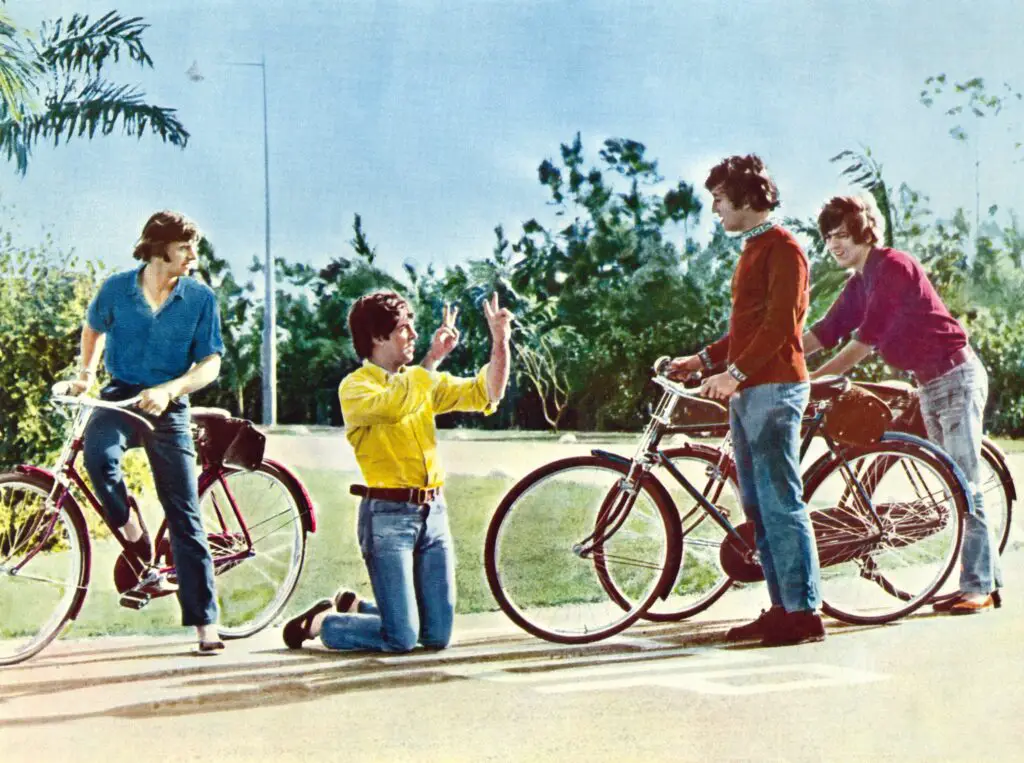
After the Brexit referendum, British identity became a hot topic—and fashion responded. Designers started using the Union Jack in new, unexpected ways. What had once been seen as kitschy or nationalistic became edgy again. It showed up on jackets, skirts, and accessories, especially among younger people trying to redefine what it meant to be British.
Some wore it as a symbol of unity, others as satire. Either way, it got people talking. Fashion became a way to poke fun at, push back on, or embrace political change. Sometimes a flag on a T-shirt says more than a speech.
11. The AIDS Crisis Inspired the Red Ribbon and Avant-Garde Looks
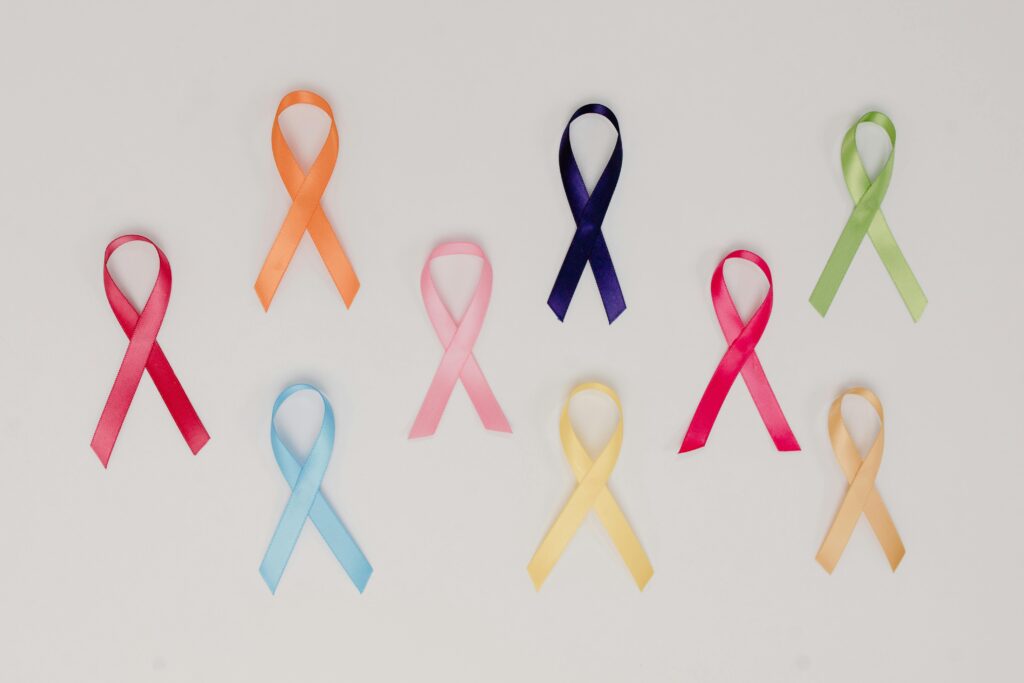
During the AIDS epidemic of the 1980s and ’90s, fashion became an outlet for activism and awareness. Designers like Patrick Kelly and Jean Paul Gaultier used bold, experimental designs to challenge stigma and celebrate life. The red ribbon, first introduced in 1991, quickly became a universal symbol of solidarity.
Runways saw dramatic, often theatrical fashion that honored those lost and those fighting. In queer communities, especially, fashion was both armor and celebration. It said, “We’re still here,” even in the face of overwhelming loss. These looks weren’t just about style, they were survival stories.
12. The Arab Spring Made the Keffiyeh a Global Statement
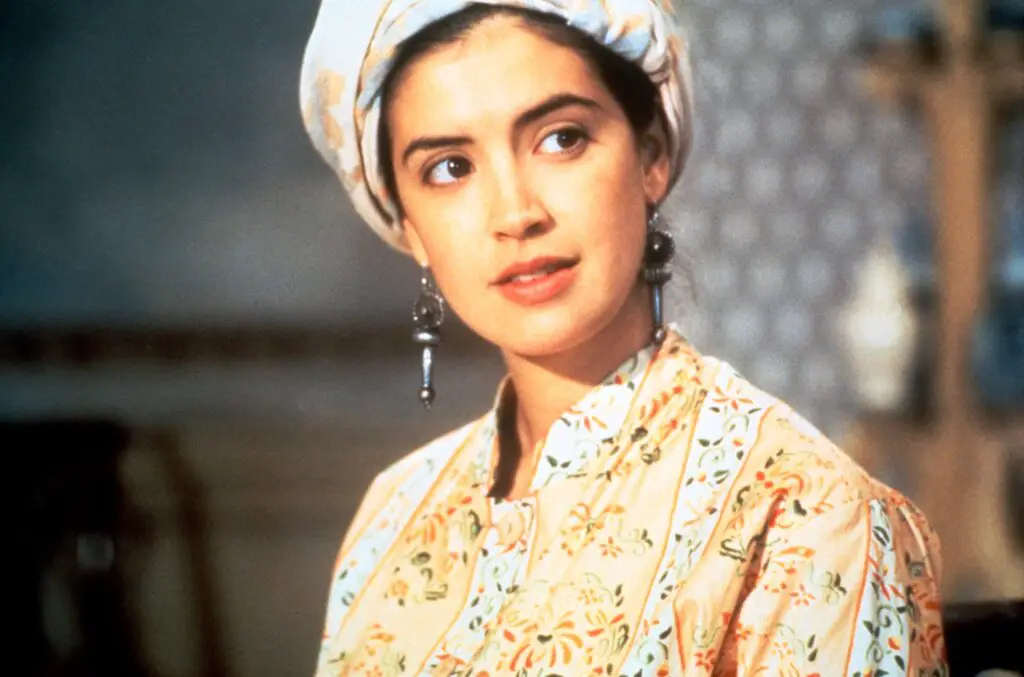
The keffiyeh, a traditional Middle Eastern scarf, gained global attention during the Arab Spring uprisings. Protesters wore it as both a practical item—offering protection from sun and tear gas—and a symbol of resistance. Its distinctive black-and-white pattern started popping up in protests far beyond the region.
Western fashion quickly took note, and it became a controversial trend. Some wore it in solidarity, others for style, sparking debates about cultural appropriation. But its roots in political struggle were never forgotten. This was one accessory with a heavy history woven in.
13. The 2020 U.S. Election Turned Face Masks into Political Statements

In the midst of a pandemic and a tense election season, face masks became more than health gear. They turned into personal billboards. Some masks had slogans like “Vote” or “Black Lives Matter,” while others bore campaign logos. What you wore on your face said a lot about where you stood.
Designers embraced the moment, turning masks into must-have accessories. For many, it was the first time a face covering felt fashionable. But beneath the patterns and colors, these were still deeply political choices. It was a rare time when safety, style, and statement came together in one simple item.
